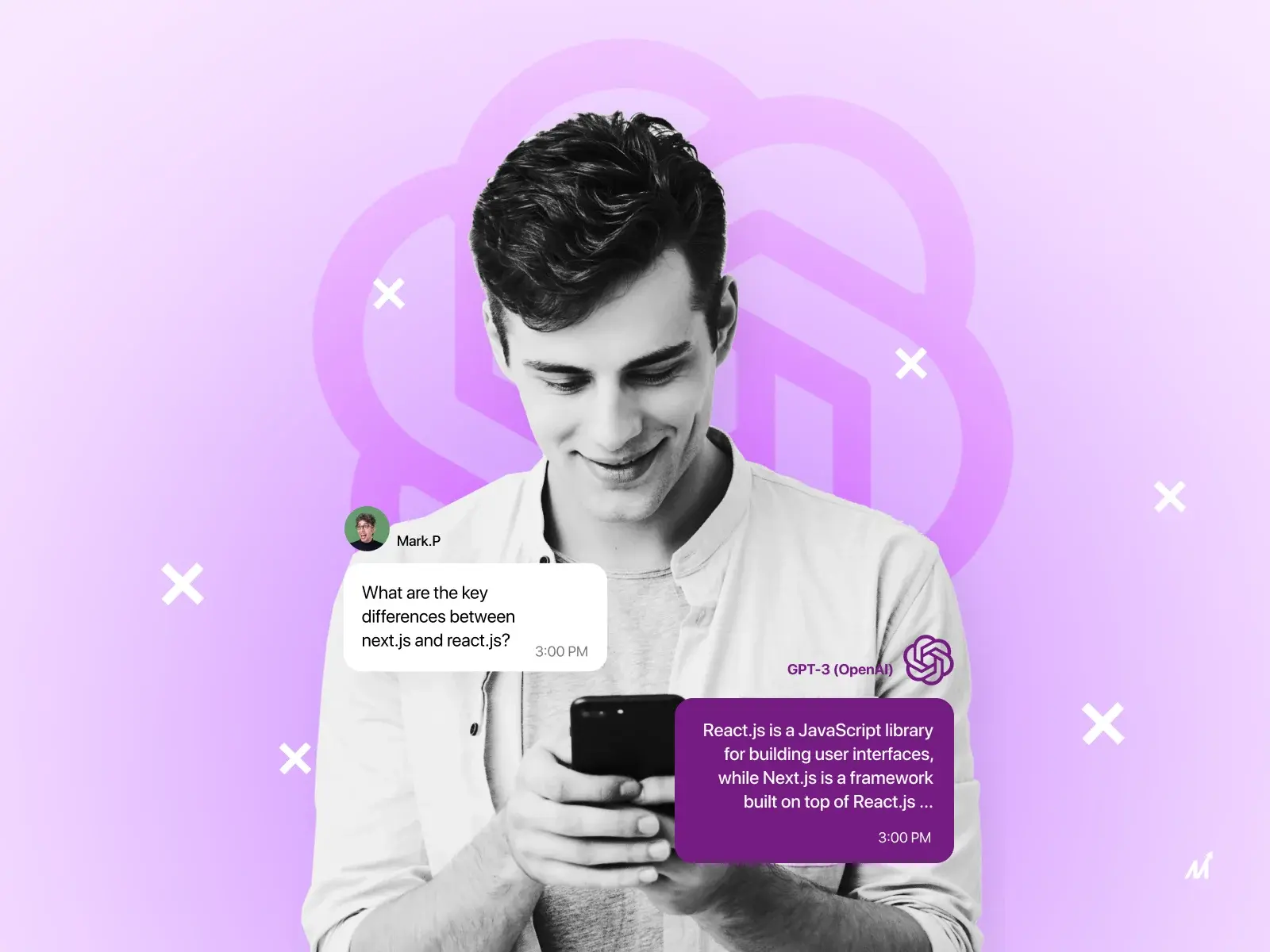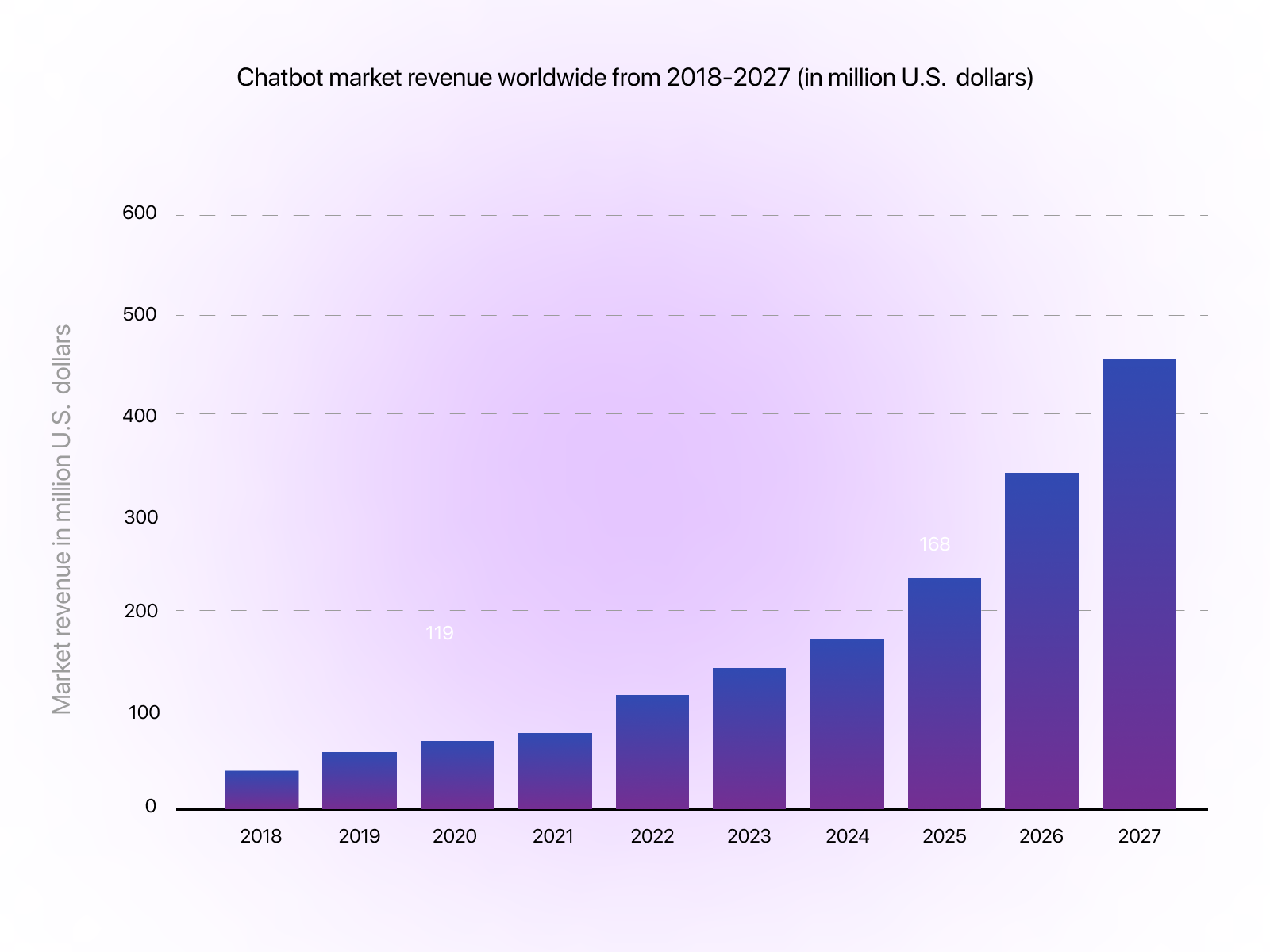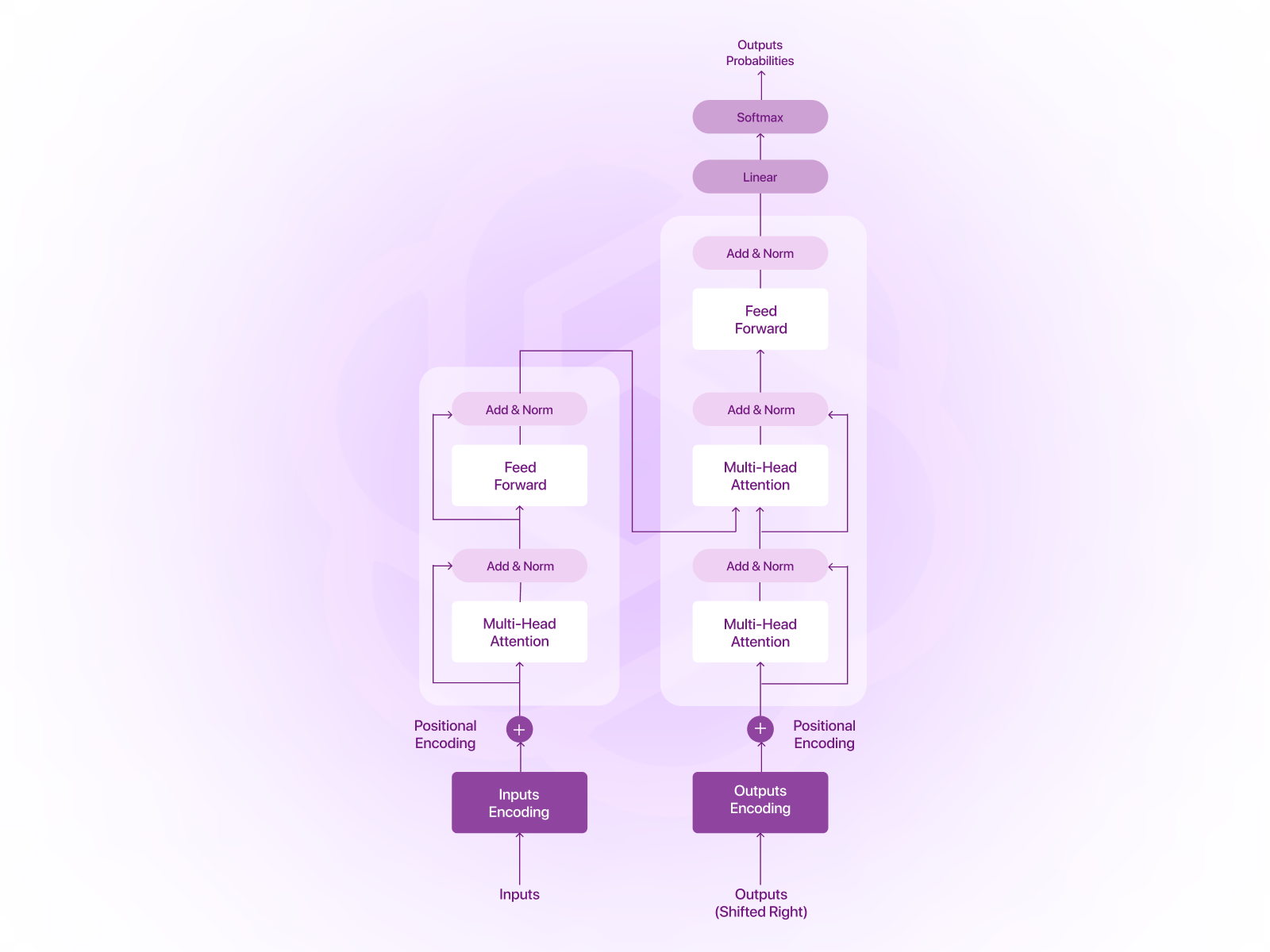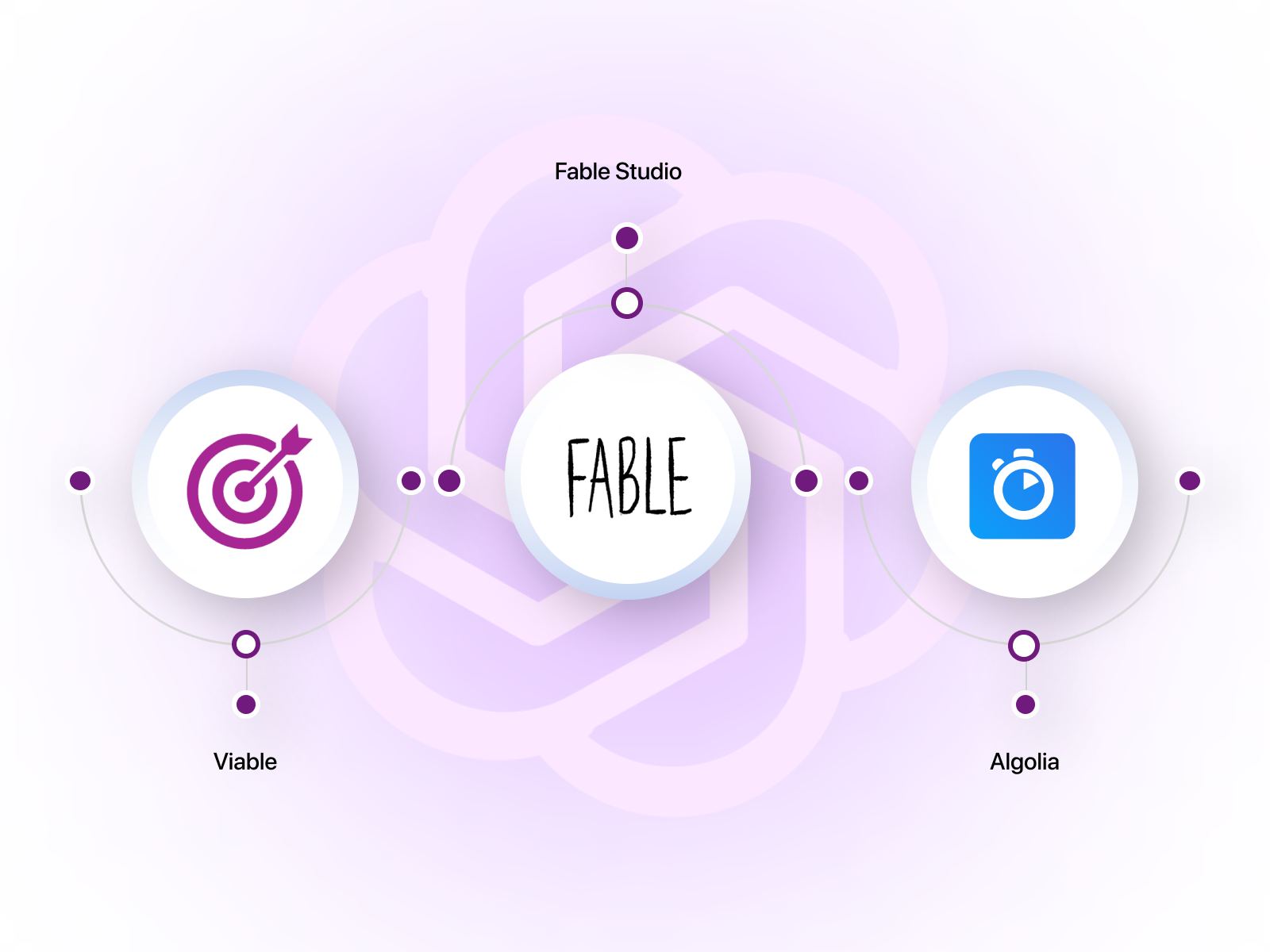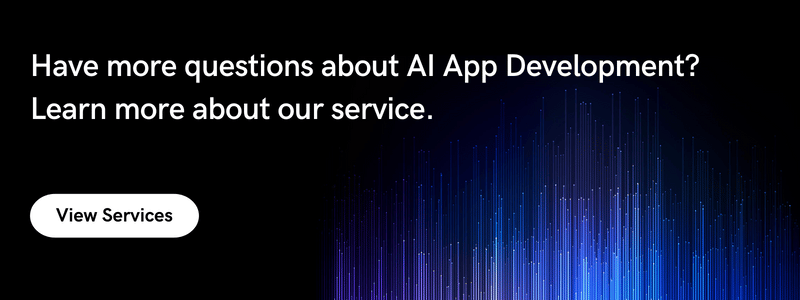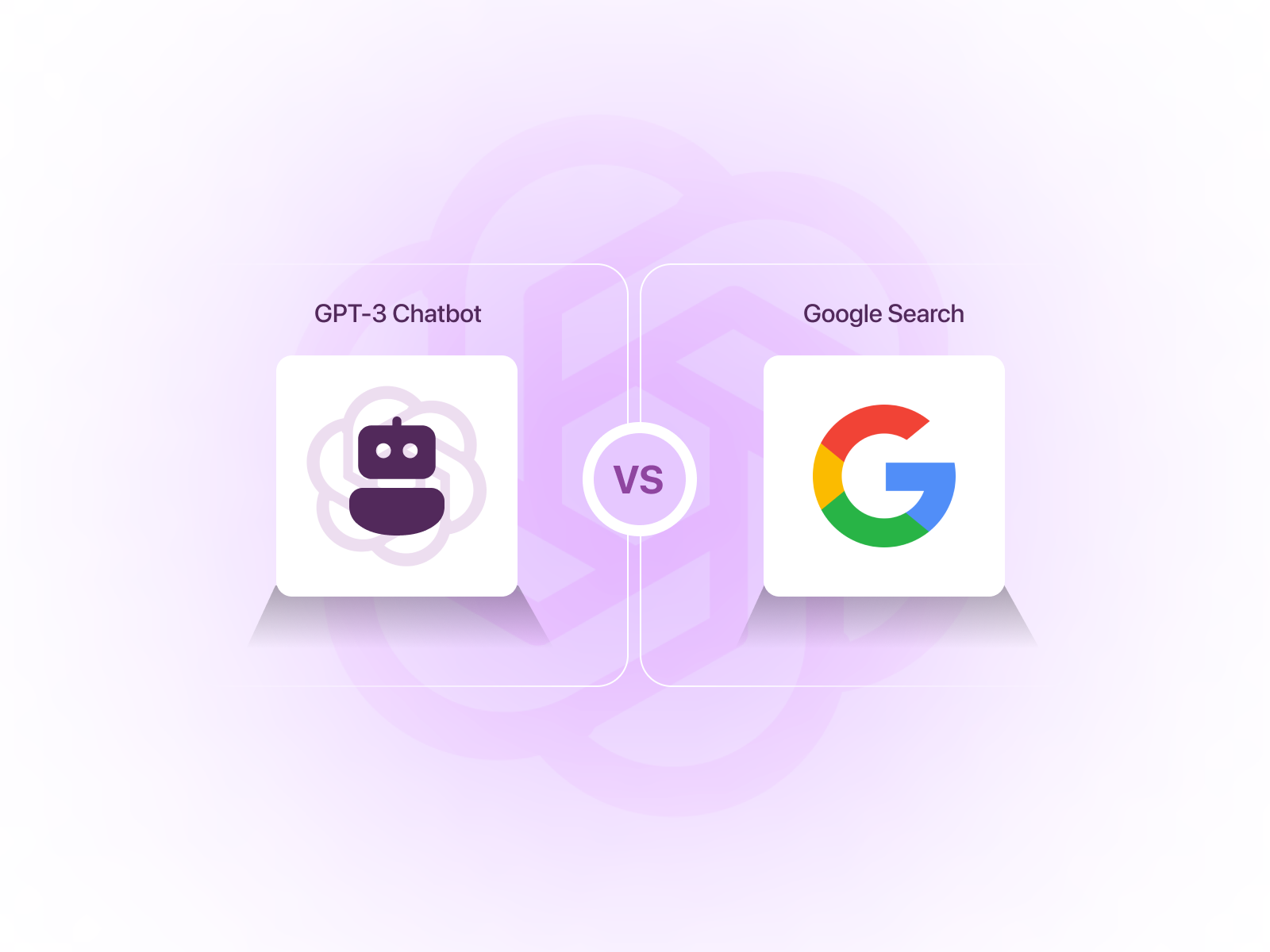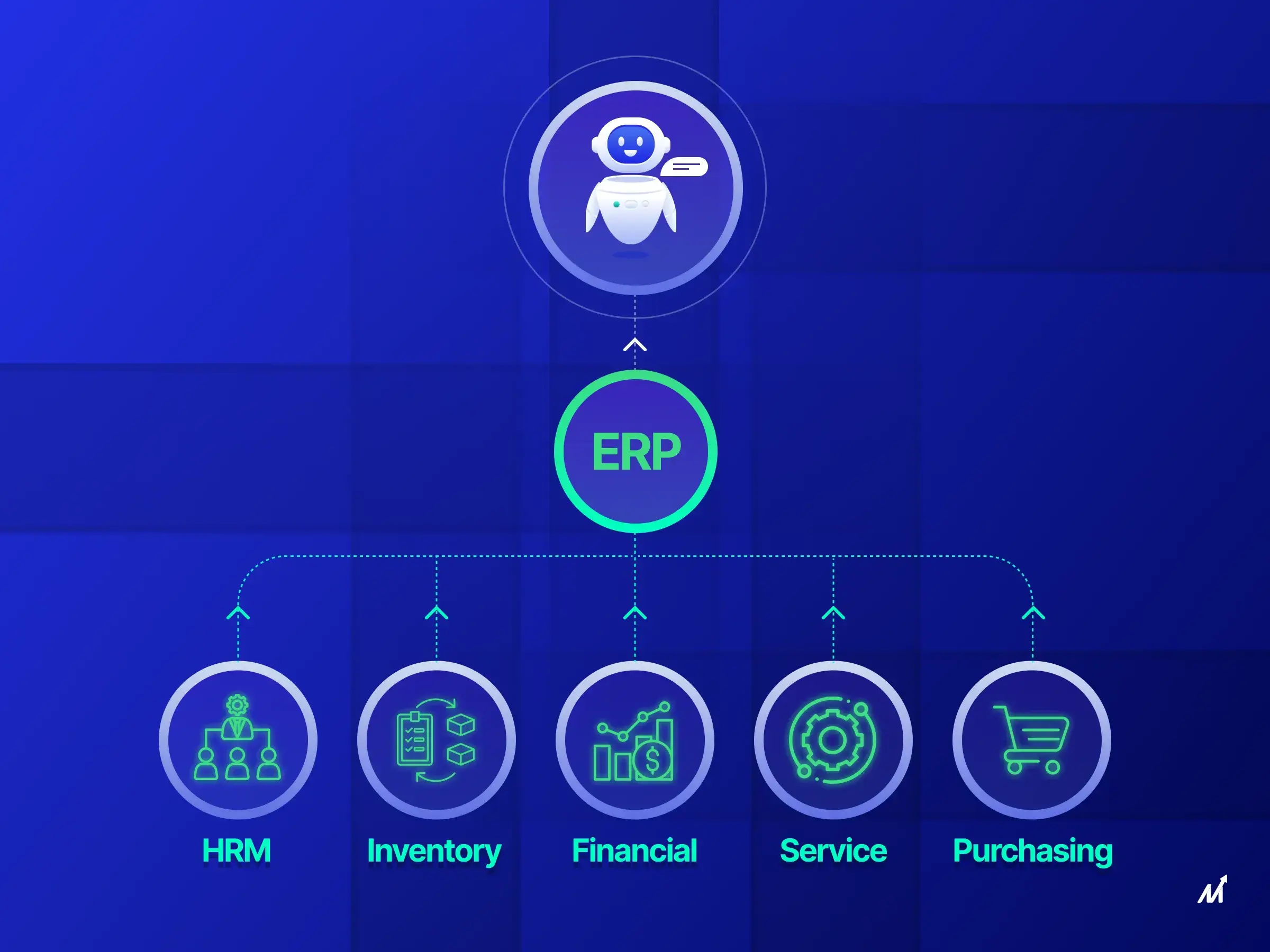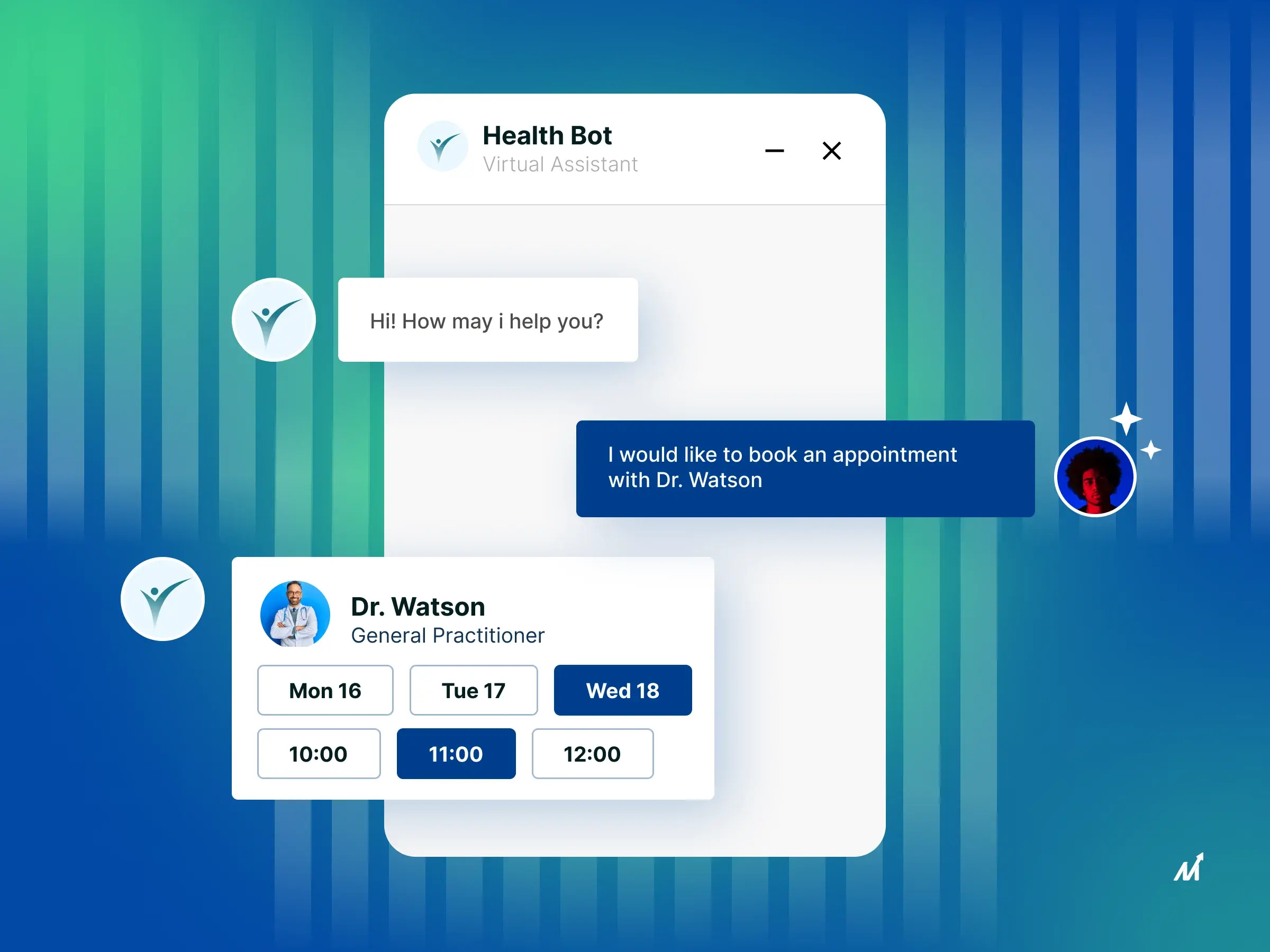Overview: GPT-3 Chatbot
AI model developed by OpenAI for language processing is GPT-3 (Generative Pretrained Transformer 3). GPT-3 Chatbot has several uses, including language translation, modeling, and producing text for chatbots and other applications. The model can produce text that sounds like human speech and has 175 billion parameters, making it one of the most sophisticated language-processing AIs available today.
Currently, ChatGPT’s most popular application is its highly effective chatbot. GPT-3 allows a user to provide a trained AI with a wide range of written prompts, to put it in less business-speak. These requests can take many different forms, such as queries, requests for written work on a subject of your choice, or a plethora of other verbiage.
It identified itself as an AI model for language processing earlier. This simply means that it is a program that can comprehend spoken and written human language, enabling it to comprehend the textual information it is fed and what to spew.
GPT-3 Chatbot: Market Stats
It is no longer a secret that chatbots can help businesses expand many aspects of their operations by giving them business capabilities. Chatbots’ ability to automate processes in various industries, including sales, marketing, customer service, and onboarding new employees, has enabled businesses to scale these functions quickly and effectively. GPT-3 Chatbot and other NLP methodologies create adaptable chatbot architectures that can handle the negotiation, many conversations turn, and different sales approaches. With automation figures, it’s difficult to deny chatbots’ impact on businesses.
- The use of chatbots for branch communication has increased by 92% since 2019; they are the channel with the quickest growth.
- Using a sizable artificial intelligence model created by OpenAI and trained on a vast amount of text data from numerous sources, ChatGPT uses the GPT-3.5 language technology.
- In the past 12 months, 67% of consumers have interacted with a chatbot worldwide.
- ChatGPT has demonstrated the ability to generate complex Python code and compose college-level essays in response to a prompt, raising concerns that it could eventually replace humans.
- With a 17.1% increase since 2019, 41.3% of consumers now utilize conversational marketing technologies to make purchases.
However, more modern chatbots are being used in a new approach that is displaying much more severe outcomes for business, in addition to the significant benefits from an automation and workflow scaling side. We’re developing chatbots with a novel approach to the architecture that enables us to use them for various tasks, including sales discussions, customer acquisition from competitors, lost customer conversion, and e-commerce assistance.
How Does GPT-3 Chatbot Work?
OpenAI trained ChatGPT, a sizable language model,” a specific kind of neural network architecture built for processing natural language.
ChatGPT uses a technique known as “transformers,” a specific kind of neural network architecture built for processing natural language. The model also employs a “masked language modeling method,” which entails forecasting the subsequent word in a sequence based on the preceding terms. Due to this, the model can create fluent and precise responses, much like those given by a human.
Overall, ChatGPT is a potent language model that can respond to queries and prompts that resemble those of a human being. It accomplishes this by using machine learning algorithms and artificial intelligence methods, which enable it to process and comprehend input in plain language.
Further Read: How AI In Mobile Apps Change Future Adaption Of Technology?
GPT-3 Chatbot: Applications & Industries
Over 300 apps currently use GPT-3, which is used in various categories and sectors, including games, productivity, and education. These programs use various GPT -3’s unique features (and even help us find new ones!). Some examples of these are:
1. Viable
Viable uses GPT-3 to present insightful summaries of customer feedback to assist businesses in better understanding their customers.
It analyses data from surveys, support desk tickets, live chat logs, reviews, and other sources to extract themes, emotions, and sentiments using GPT-3. It then extracts insights from this collected feedback and quickly presents a summary.
2. Fable Studio
With GPT-3, Fable Studio is developing a brand-new subgenre of interactive stories called “Virtual Beings.”
Lucy, the protagonist of Wolves in the Walls by Neil Gaiman and Dave McKean, which Fable turned into an Emmy Award-winning VR experience, can have real conversations with people owing to dialogue produced by GPT-3.
3. Algolia
To provide their clients with accurate, quick semantic search, Algolia uses GPT-3 in their Algolia Answers solution.
As part of its new Answers product, Algolia partnered with OpenAI when the OpenAI API launched, which helps them better understand customers’ questions and connect them to the content that answers them. This integration of GPT-3 with their advanced search technology was made possible through this partnership. Publishers and customer service help desks can use Algolia Answers to ask questions in natural language and find complex solutions. Algolia achieved 91% precision or better after testing GPT-3 on 2.1 million news articles, and it was four times more frequently able to respond to sophisticated natural language queries than BERT correctly.
OpenAI GPT-3 Chatbot: Benefits
Using GPT-3 has several benefits, including:
- The capacity to produce text with human-like characteristics in various styles and forms. Due to this, GPT-3 can be applied to multiple tasks, including text generation, text summarization, and language translation.
- Ability to pick up new skills and adapt to new environments. GPT-3 can be customized to carry out particular tasks and produce text in certain domains because it is a neural network-based model. This enables the model to be flexible, adaptable, and usable in various scenarios.
- The capacity to produce text in a variety of languages and comprehend them. As a result, GPT-3 can be applied globally and is advantageous for linguistic tasks like translation and language modeling.
- The ability to enhance other NLP models’ functionality. GPT-3 can be utilized as a pre-trained model for various NLP jobs because of its size and strength. This can improve how well these tasks are performed and make it possible to create NLP models that are more precise and powerful.
The GPT-3 should significantly impact several aspects of natural language processing. It is an effective tool for various applications due to its capacity to produce text similar to human writing, comprehend and produce text in multiple languages, and adapt to new tasks and domains.
OpenAI GPT 3 Architecture
The GPT-3 is a family of models, not just one specific model. The number of trainable parameters varies for each model in the family.
The OpenAI GPT-3 family of models, which uses alternate dense and sparse attention patterns, is based on the same transformer-based architecture as the GPT-2 model, including the changed initialization, pre-normalization, and reverse tokenization.
The largest version of GPT-3, often known as “GPT-3,” has a 3.2 M batch size, 96 attention layers, and 175 B parameters.
OpenAI GPT-3’s architecture is similar to that of OpenAI GPT-2, but its significance is much greater. Machine-learning applications like BERT can access raw text embeddings via the encoder to create embeddings. In contrast, the GPT family uses the decoder, which reads embeddings and produces text.
Accuracy / Performance / Numbers of OpenAI GPT-3
An updated or modified language model can perform a variety of tasks. The GPT-3 model is task-agnostic since it allows for completing many of the previously covered NLP tasks without needing gradient, parameter updates, or fine-tuning.
Thus, OpenAI GPT-3 can do tasks without examples or demonstrations (or shots, as they are more commonly known). Let’s first understand the idea of Zero/One/Few shot tasks concerning the model.
- Few-shot (FS): The Few-shot (FS) setting is similar to how we train a machine learning model, providing the model with specific inputs and related outputs and then expecting the model to perform on anonymous information. In this case, the model does not update its weights, which is different from a typical ML approach. It just makes assumptions using the “shots” given to it. The normal feed rate for a setup like this is between 10 and 100 pictures (per the paper).
- One-Shot (1S): Similar to FS, the one-shot (1S) setting feeds the model one example, demo, and the context in addition to the previous context (which is the task).
- Zero-Shot (0S): Zero-Shot (0S) does not allow context except for the last shot (the task). Often, humans cannot understand a task without demonstration or example, making it an “unfairly difficult” situation.
Is GPT-3 Chatbot Better Than Google Search?
Asking a computer a question and receiving an answer is helpful, and ChatGPT frequently does so. You can often find links to websites that Google thinks will be relevant and its proposed responses to questions. It’s simple to assume GPT-3 is a competitor because ChatGPT frequently provides significantly superior responses to those that Google offers.
But before putting your faith in ChatGPT, think carefully. When using information sites like Wikipedia and Google, it is essential to make sure authentic sources have verified the information before trusting it. Because ChatGPT provides raw text without any links or citations, verifying the accuracy of the responses requires some effort. But it can be helpful and, occasionally, thought-provoking. Even though ChatGPT may not immediately appear in Google search results, the search engine giant has already integrated AI heavily into its massive language models and search results.
In light of this, ChatGPT certainly paves the way for future technological advancements.
Future of OpenAI GPT-3 Chatbot
The future is bright for powerful NLP models like GPT-3. As these models advance, they could change many aspects of natural language processing and pave the way for increasingly clever and capable machines that can comprehend and produce human language.
Language translation is one area in which GPT-3 might find helpful. The GPT-3 can comprehend and produce text in various languages, enabling more precise and effective translations. This may make it possible for speakers of different languages to communicate more quickly and accurately, assisting in removing language barriers.
In the field of text summarization, GPT-3 has potential. GPT-3 can automatically summarize lengthy documents or articles, making it easier for readers to grasp the essentials immediately. It does this by understanding the meaning and textual structure. This could be helpful in professions like journalism, where time is frequently at a premium, and in other circumstances, people must swiftly process a lot of information.
The GPT-3 and other cutting-edge NLP models have a promising future. As these models continue to advance and change, they can significantly improve human capacity for information processing and communication and pave the way for creating more sophisticated and capable machines. Want to learn more about chatbot development, contact the best chatbot development companies.

